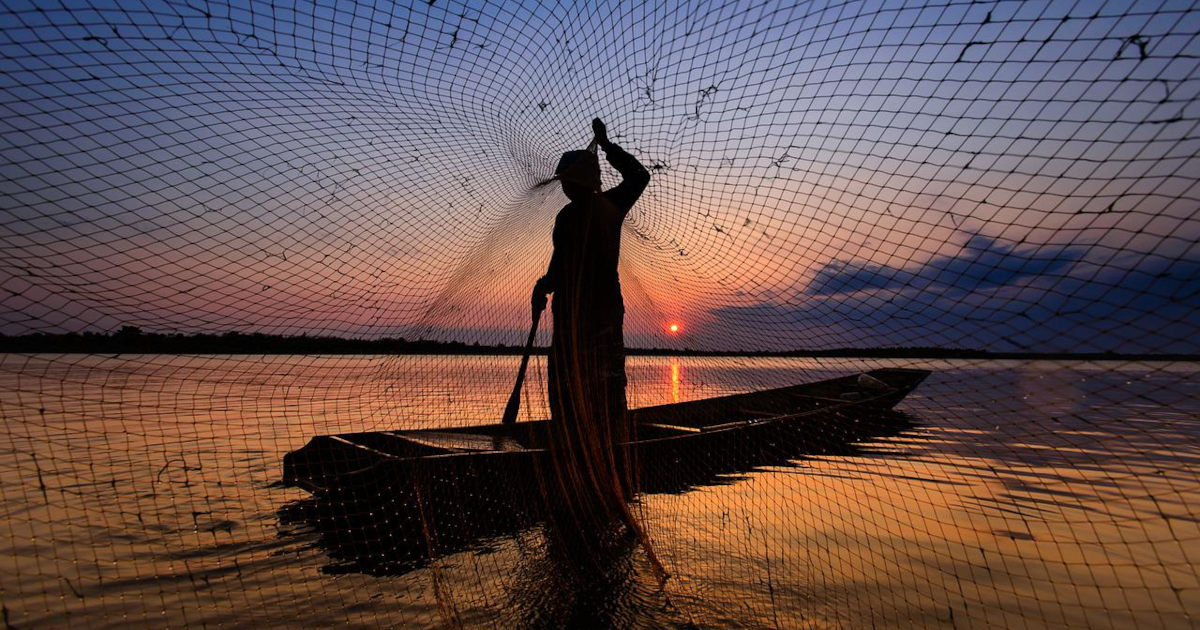
How To Build a Sustainable Blue Food Economy
The Blue Food Assessment is providing decision makers with scientific research to help them evaluate aquatic food systems and integrate them into sustainable food systems solutions. Dr. Rosamond Naylor tells Food Tank that stakeholders tend to separate conversations about aquatic and agricultural systems. “I think it’s because fishers and aquaculture have been considered to be more of a natural resource and not a food.”
April 1, 2023 | Source: Food Tank | by Elena Seeley
The Blue Food Assessment (BFA) is providing decision makers with scientific research to help them evaluate aquatic food systems and integrate them into sustainable food systems solutions.
Dr. Rosamond Naylor, Co-Chair of the BFA, tells Food Tank that stakeholders tend to separate conversations about aquatic and agricultural systems. “I think it’s because fishers and aquaculture have been considered to be more of a natural resource and not a food.” But, Naylor argues, they are important part of global food systems.
The BFA was launched as as initiative of the Stockholm Resilience Center, Stanford University, and EAT to better understand the role that aquatic foods, also known as blue foods, play in global food systems.
Naylor explains that the blue food sector comprises “an incredibly large number” of small scale actors, ranging from communities catching fish to distributors selling products to consumers. Through the BFA, “we want to leverage the real potential of small scale actors, so that we can improve income distribution along the full chain,” Naylor tells Food Tank.
